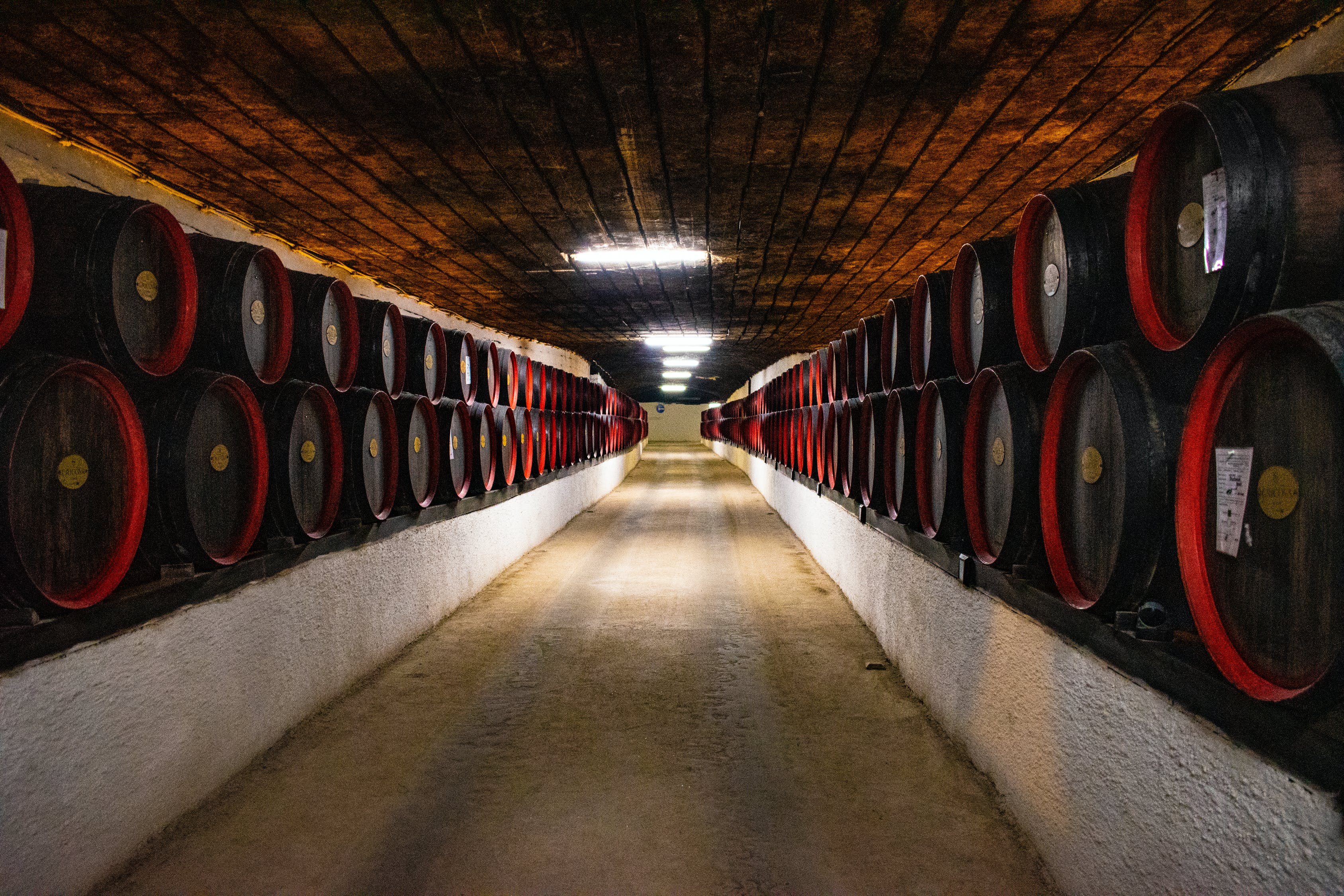Canada is on the verge of breaking out on the global wine map this coming year. Apparently, Canada is the second largest landmass, providing a lot of opportunities for the food and beverage processing industry. When it comes to its wine industry, watchers and the general market has been vibrant. As of 2016, the wine industry was hailed as one of the best with total manufacturing contributing 20 percent of the GDP. The 1.5 billion injection to the GDP is not a small feat – it means that the wine and beverage industry has the potential to attract approximately 10,000 jobs. This figure is a great achievement, and with the right marketing, more jobs can be created, more wealth amassed, which translates to better revenue for the country. Canadian wineries need strategies to ensure wine consumption within and outside its borders. Although the wineries are already doing a good job beyond borders to ensure a strong stance, it is only through strategic planning that Canada can become the leading wine export.

According to Agriculture and Agri-Food Canada (AAFC), Canada’s food and beverage industry is the second largest sector, shipping 10.5 billion worth of goods in 2014, which accounts for 17 percent of all manufacturing shipments. This is very encouraging as the markets have been volatile over the years. Canadian wine is mostly exported to the USA, but China has also been a big consumer of the ice wine. China is a rapidly growing market for Canada’s ice wine. The Chinese market is ripe for the Canadian most intrinsic gift to the world. Apparently, China accounts for 40% of Canada’s total sales. Canadian wine has not been very famous over the years as other wines from Chile and Australia, but this might just change for the best with more time.
The Canadian Wine And Grape Industry
The Canadian wine and grape industry is a Canadian success story because of its job creation and tourism. The diversity and the input it creates for different stakeholders are immeasurable, and as such, it is important for the shareholders to seek markets outside Canadian borders. Canadian winemakers have a broad network through its relatively healthy business environment cultivated with the rest of the world, over the years. Through significant investments and long-term relations created through exporting its regular wines, Canada can tap into that market to ensure that Canadian wines do not only become the bestselling wines, but they also create history like their counterparts in Italy. Wine consumption is at a first high with more Canadians reaching out for Canadian brands. Marketing policies should be set up to ensure the dominance of local wine brands in the domestic markets. Such a move will facilitate a renewed energy for wineries to export Canadian wine brands. The wines presently represent 30 percent of the total sales across the country, with imported wines at 70 percent, which possess potential sales growth to enhance the national economy. Exporting wine to new markets will prove profitable to winemakers as every dollar invested in the wine industry stimulates more job opportunities, more revenue, more taxes, and a fully blown wine industry.
Global expansion is inevitable if the wineries want to go big. Wine and beverage manufacturers can no longer sit on the fence if they want to see more growth in the industry. Consumer demand for both ice wines and fortified sweet wines from other places other than regular Italian and Chilean wines have been gaining a lot of traction. This significantly improves the consumer demand with more wineries increasing their catch not just in ice wine, but also in dry low alcohol table wines and sweet fortified types. Wine technology has also made it very easy for the Canadian market to catch up with the best wine producers in the world. The wineries are now very keen on accessing better grape varieties and also paying closer attention to viticulture research.
As noted, although Canadian wines have a 30 percent share of its domestic market, wine, in general, has been increasing its market share against other alcoholic beverages. In addition, the global market share is growing, albeit slower. The growth has been possible through Vincor Canada and Andres Wines competing consistently to put their wines in both the domestic and global market. Vincor Canada has grown exponentially in the previous years by expanding its base to California and Australia, among other countries that have an extensive wine market. Organizations like Vincor Canada have not only tried to expand the Canadian wine market scope, but they have also successfully conquered new markets, consequently making it easier for other smaller brands to push through outside the boundaries.
The Global Wine Business
The global wine business is rather competitive as compared to the local one, but different vintners continue to grow excellent grape varieties, thus giving Canada a competitive advantage. The good thing about wineries in Canada is the accommodative climates which have ensured unique grape varieties. Cooler growing conditions have given Canadian wine an edge as it has complex flavors with longer aging potential, unlike their counterparts in the rest of the world. This is positive for the growing wine industry. The export market continues to lay out different roadmaps to facilitate the development of existing and new international markets. Of important note is that most of the Canadian wine is widely exported to the US market
Canada’s biggest manufacturing trading partner is the United States. At least 71 percent of all food and beverage products ends up in the US market. According to Export Development Canada (EDC), the Canadian food processing industry continues to increase exports to the US year after year. Although this seems like a good move due to the strong trade relations, Canadian wine industry could benefit highly from exploring new markets outside of the U.S. market. The United States market has evolved significantly, and the market is now full of healthy eating. More people are interested in organic, healthy, and natural products, which provides a limitation to many industries, and it is about time different industries considered other international markets for opportunities.
Canadian wine industry has different offers for the international markets that will likely contribute highly to its economic growth. However, this is not what the global market sees. The Canadian vintners have loads of work to do as the international market is still stuck with ice wine. Regarding what Canada offers, most people still think that Canada is only an ice wine producer. Marketing officials of wine should help change this stereotype by promoting the Canadian vintages which are good red wines and white varieties. The market is full of opportunities. With a thriving middle class in Africa, Canadian wines could turn their marketing strategies to the new wine enthusiasts. Wine events and tasting events have been a great contributor to the growing wine market in different parts of the world.
Of importance to the growing wine market would be the discovery and utilization of E-commerce in selling and marketing wine. The increasing technological advancement will ease the selling of wines from Canada to different new markets. More consumers are using E-commerce sites to order for groceries and beverages. In order to catch on the craze, it is inevitable for the wineries to utilize the new technological marketing tools. The wine industries should set their eyes on the Asian market, and mostly the growing Chinese market. The steadily growing middle class in China is consumer-specific and offers a lot of opportunities toy new market entrants. China has developed a taste for imported goods. China’s fascinating market provides tons of opportunities for Canadian wineries. Chinese consumers are buying food and beverages out of the comfort of their homes. Through the use of Alibaba.com among other sites at their disposal, the Chinese market is full of vast opportunities. Wineries in Canada can use this avenue to grow their market while growing the GDP. Wine consumers are always looking for a new experience, and this might just be it for Canadian wines. Ice wine is already famous in the Chinese market. Consequently, the introduction of other varieties might just be the reason needed by Canadian wine brands to be the top exporting varieties in the world.

Export figures are bound to increase from what we already have if strategic plans are put in place and followed to the letter. Bottled reds and fortified wines should rapidly expand for Canadian producers. Overall, the industry should understand different cultural and business practices of the new markets they wish to enter. To experience success outside your borders is not as easy as it may sound. Outside your borders, one is expected to be flexible and open-minded while undertaking business. In order to have a fair chance at success, Canadian wine and beverage industries need to leverage their existing assets to conquer different markets while still growing their existing ties with existing partners. The key to success is knowledge, and it involves being well informed from both the consumer perspective to the producer perspective of the business. Wineries in Canada are bound to succeed in new markets over the years. This is almost certain as wineries across the country are looking to be major distributors of wine in both Canada and out of Canada. Although there are different limitations, the opportunities to succeed within and outside the Canadian boundaries are boundless.






